Podcast: Play in new window | Download
This is the final episode for 2017! Thank you everyone, for all your emails, messages, ideas, and encouragement. You all mean so much to me!
A recent email I received, included this link for an article that is worth reading, about exhaust system issues, and carbon monoxide. There are also a couple videos worth watching as well.
http://www.safetyandhealthmagazine.com/articles/16253-ntsb-warns-pilots-and-airline-mechanics-about-carbon-monoxide-poisoning
Thank you Steve, for providing that information!
As an airplane owner, there is a very simple technique you can use to detect exhaust leaks that might be a problem. All it takes is a clean shop vac with the capability to BLOW air, a clean spray bottle, and some dish detergent. (Oh, and maybe some duct tape and some pieces of sponge, or something to seal around the vacuum hose when you put it in the exhaust tailpipe.)
Here are some pictures from a Piper Turbo-Saratoga I’ve been working on at Classic Aviation recently. The cylinder #3 exhaust flange was leaking at the gasket area, and blowing dust back onto the intake pipe. This was one issue I needed to fix. AND, it became really obvious when I did the shop vac pressure test… listen to today’s episode for more details about how to do this.
Here’s another thing I found. The forward V-band clamp in this picture was loose. Also, the transition flange going into the exhaust pipe behind the clamp, was seized at the slip joint, and caused the gasket to be loose, and leak exhaust dust. It took some heat to free up the slip joint, and put some anti-seize on it to allow it to be drawn into proper position for torquing.
Also, the V-band clamp second from the top left, in the picture above, was leaking exhaust dust for a big reason… the gasket was missing! Here’s a closer look:
Another indicator is how the two ends of the clamp are almost touching… after the gasket was installed, they were farther apart, as they should be.
And here’s how the final installation looks after everything has been reassembled, torqued and safetied:
In light of all this, here are some ideas of what you can do on your airplane engine, to help ensure the exhaust system is safe:
During the oil change, or any time the cowling is removed:
- Check for exhaust leaks.
- Visual – look for dust.
- Pressure test – not complicated – use shop vac, but be careful!
- Note any discrepancies and report to your A&P. How cool if you can say, “I have a little exhaust leak at Cylinder #4 attach flange… please fix it.”
- If turbocharged, do a visual check and “wiggle test” on all exhaust clamps… most are V-band clamps. If there is any play at all, it needs to be retorqued.
- If you’re not comfortable doing the pressure test, ask your A&P to do it, including, and especially inside the muffler cover where the cabin heat is picked up.
- If you are having exhaust work done, ask your A&P to make sure all slip joints are free to move.
If you do this and find any leaks, I’d be very interested in hearing about your experience – email me or leave a voice message. (Click the button on the right side of the page.)
Coming in 2018: Be looking for information on the new course, “Safety Wire Like A Pro!” Owner performed preventive maintenance often requires some safety wiring, so if you need to learn how to safety wire oil filters, screens, brake calipers, and other items, OR, you’d like to get better at it, consider taking this video course… it can absolutely help you to make your safety wiring look like it was done by a professional! More information coming soon.
Merry Christmas everyone! I’d like to wish you the love, joy, peace, and abundant life of Jesus, as we celebrate Christmas and look forward to a brand new year in 2018. God bless you all, my friends!

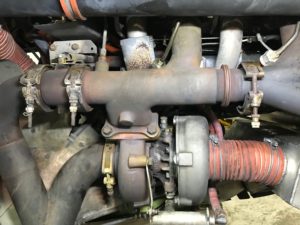
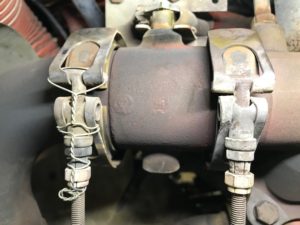
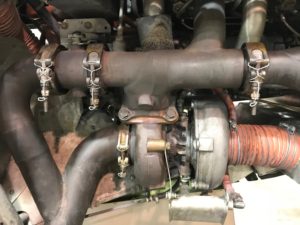
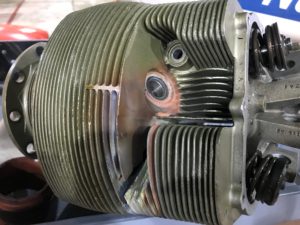
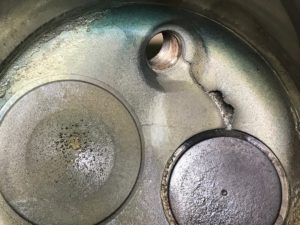


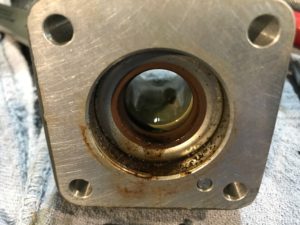


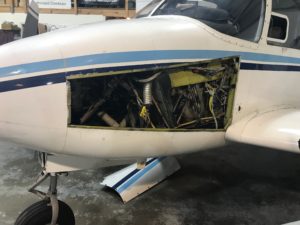
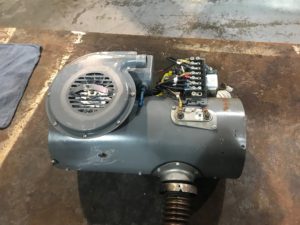


Recent Comments